Scrambling
All posts
Introducing a New Affinity Group: Mountain-Queers
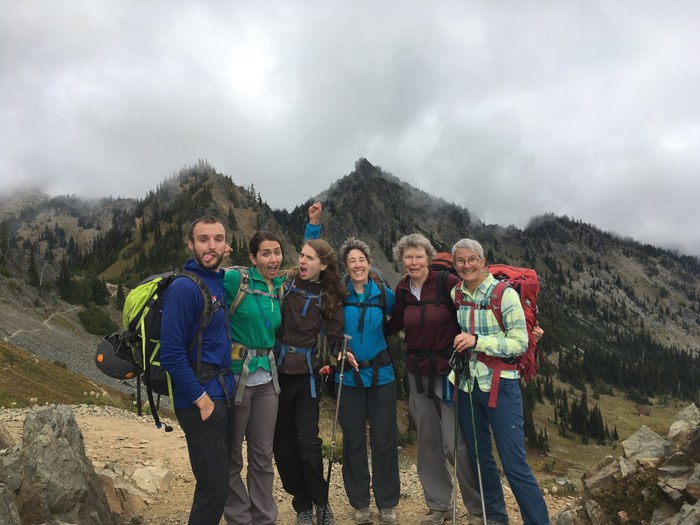
The first outing of the Mountain-Queers took place in September – a scramble trip to Three Way Peak, led by Louise Suhr. The group is looking forward to scheduling more trips and events soon, and wants to hear from folks who are interested in getting involved! Read more…
Top 5 Trip Reports - September 2018
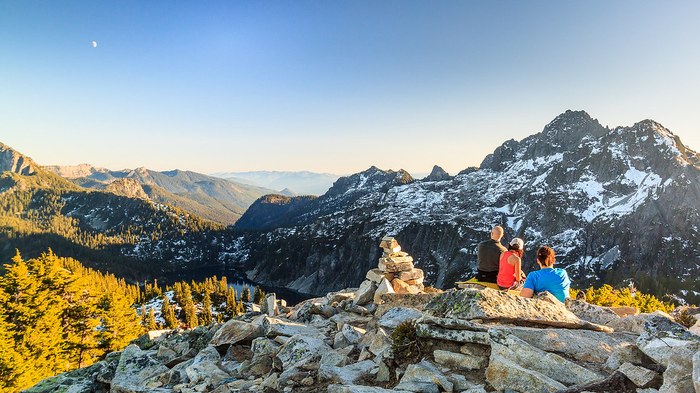
Fall is here, which means lots of transitions between t-shirts and raincoats - don't forget your layers, folks! Although our Washington weather can be fickle at this time of year, when you get a crisp autumn day perfect for an outdoor adventure, it's well worth it. We hope you're able to get out there and enjoy the season before it's time to start strapping on skis, snowshoes, and snowboards. Read more…
Leader Spotlight: Curtis Stock
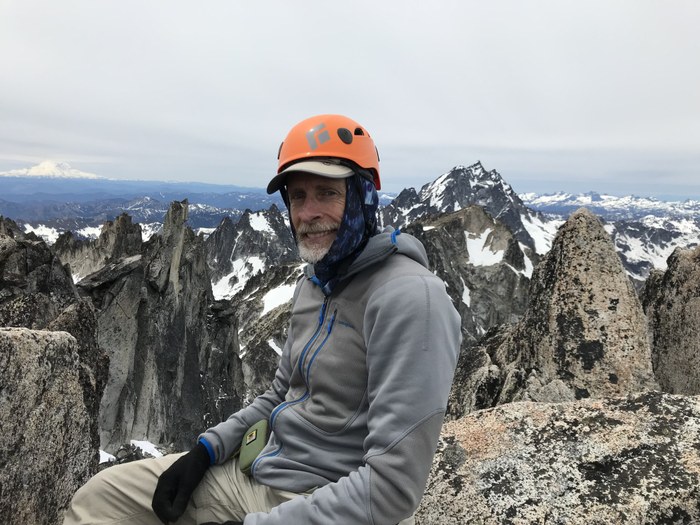
For our Leader Spotlight this month we talked to Curtis Stock, a volunteer leader with the Tacoma Branch who encourages our members to give trip leadership a try. If your committee thinks you're ready, you probably are! Read more…
Top 10 Trip Reports - August 2018
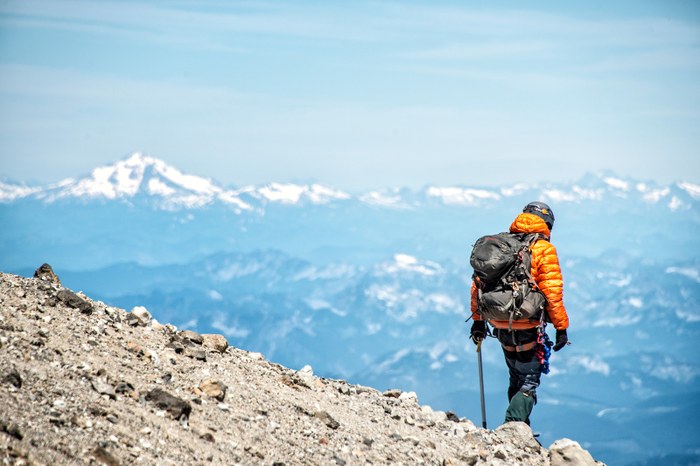
With the fires burning around Washington this past month, it’s been a pretty hazy August. Luckily, that didn’t seem to stop you from getting outside! And even better, it didn’t stop you from writing more than a few fantastic trip reports. Read more…
Leader Spotlight: Henry Romer
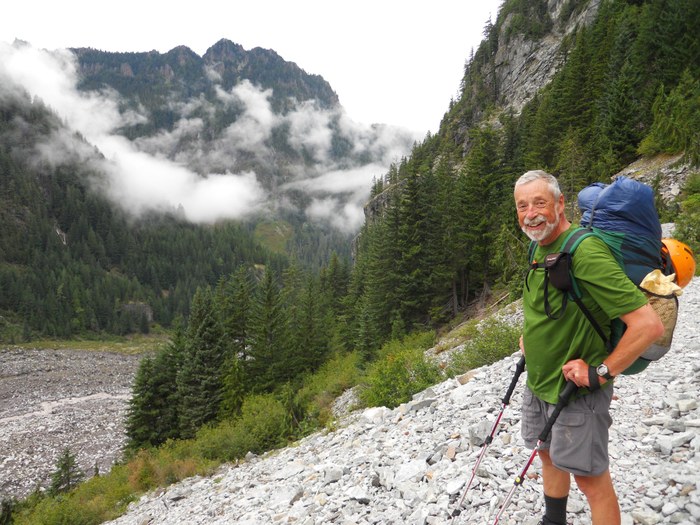
For our Leader Spotlight this month we talked to Henry Romer, a volunteer leader and instructor with the Olympia Branch who leads for multiple activities and encourages new leaders to take advantage of the wealth of knowledge available within our Mountaineers community! Read more…
Top 10 Trip Reports - July 2018
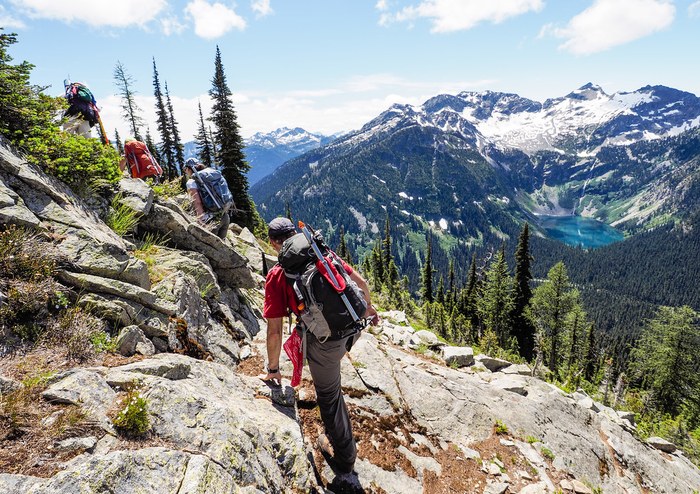
Picking the best 10 trip reports from an entire month of Mountaineers activities and courses isn't easy. Especially when that month is July. Mountaineers are out adventuring, and seemingly, only pause between trips when it's time to report on them. Read more…
Peak Fitness: Preventing Stiffness Post Outings
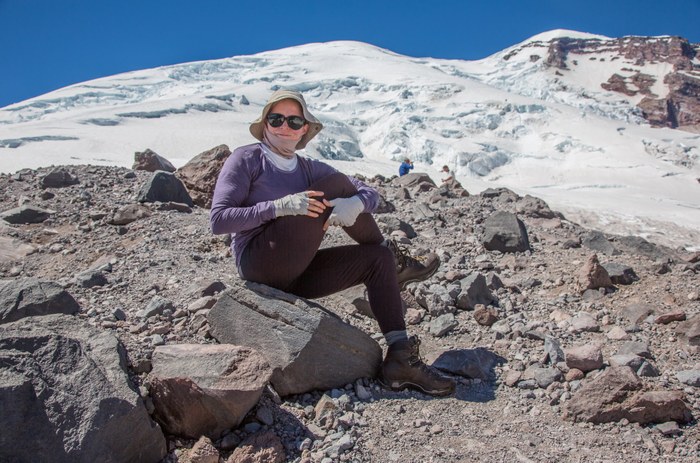
Imagine returning to the car after hiking double-digit miles into triple-digit temperatures, finally pitching your heavy pack into the back of the car. Before you take off to the local pub that serves nachos, pizza, and beer, consider how you’ll feel after an hour or more in the car. Read more…
Damnation Peak Winter Scramble - Situations Come in Threes
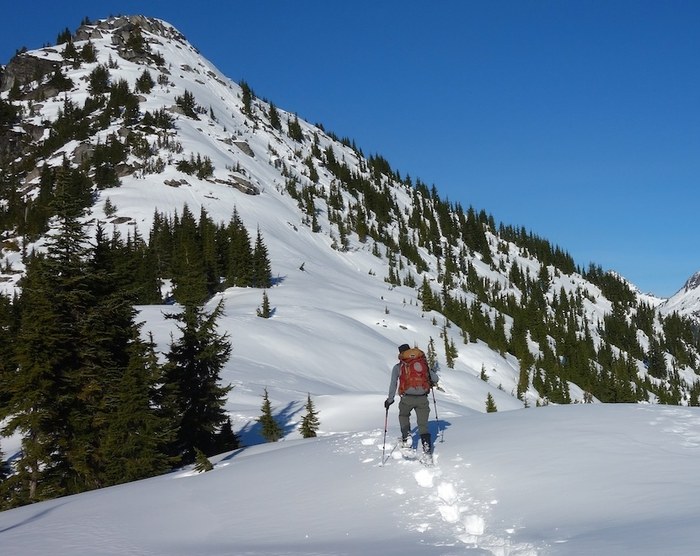
Due to avalanche danger higher on the ridge (we hit wind deposition at 3900' on the ridge with 40 degree slopes either side), I elected to turn the group back. The descent to Damnation Creek was steep in places, but mostly in the 20-30 degree range. As soon as we turned around, several issues immediately rose. Read more…
Leader Spotlight: Tom Eckhout

For our Leader Spotlight this month we talked to Tom Eckhout, a volunteer leader with the Olympia Branch who cherishes every moment he has in the mountains. Read more…
What is Progressive Outdoor Education?
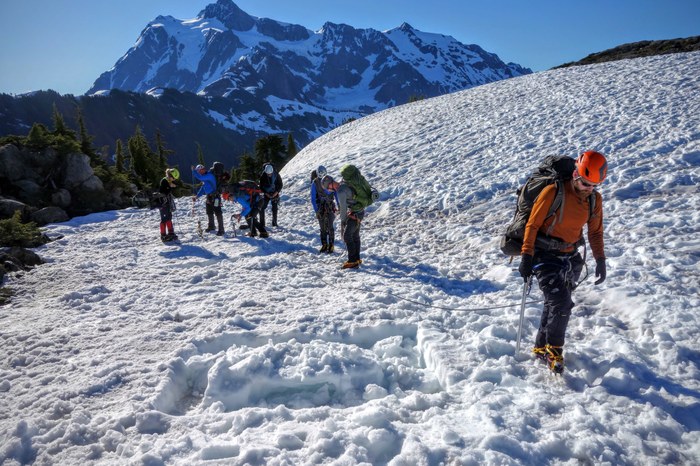
The Mountaineers 'Vision 2022' Strategic Plan calls for us to invest in being “innovative leaders in outdoor education.” This means we need to respond to growing needs and address new century challenges in ways that are different from traditional outdoor education. This includes investment in our volunteers – the greatest source of innovation and a priceless resource that is uniquely Mountaineers. We call this new approach "Progressive Outdoor Education." Read more…
Leader Spotlight: Rodica Manole
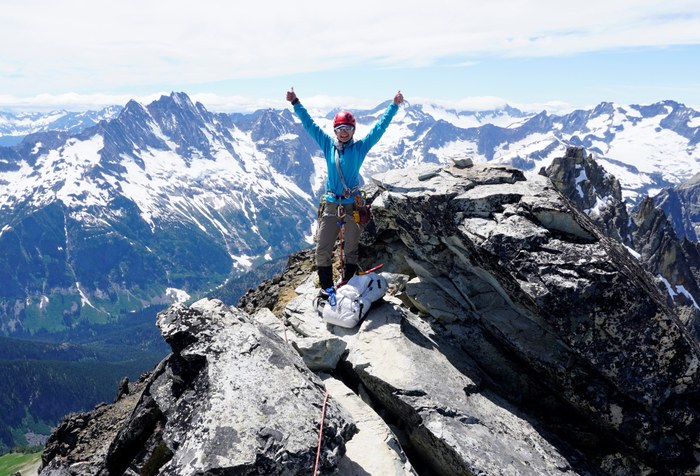
For our Leader Spotlight this month we talked to Rodica Manole, a volunteer with the Everett Branch who encourages her fellow women to step into leadership roles because you’re more ready than you think you are. Read more…
Leader Spotlight: Bill Borom
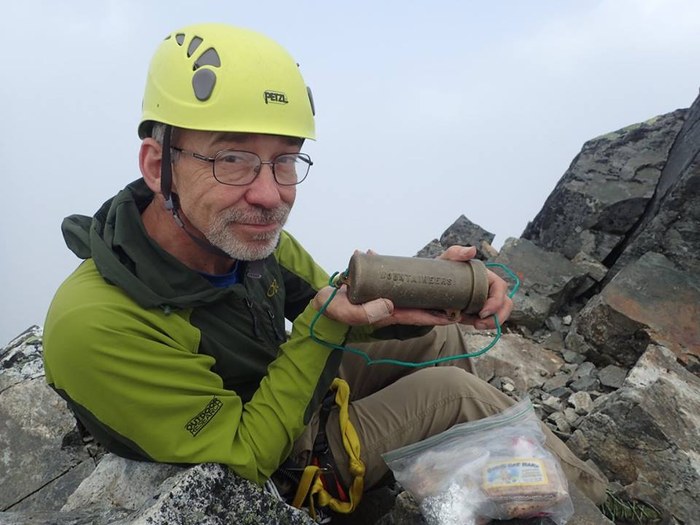
For our Leader Spotlight this month we talked to Bill Borom, a 5-year leader whose involvement in a wide variety of club activities has continued to spark his sense of adventure and expand his pool of friends to adventure with! Read more…
Leader Spotlight: Sherrie Trecker
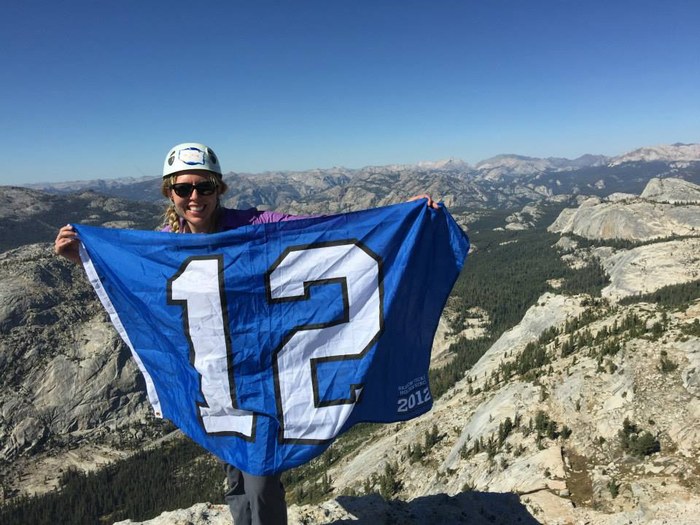
For our Leader Spotlight this month we talked to Sherrie Trecker, a Climb Leader who knows how to delegate, wants to inspire more women's leadership, and always has a bag of gummies in her backpack. Read more…
Essential Repellent: What You Need to Know to Survive the Battle of the Bug
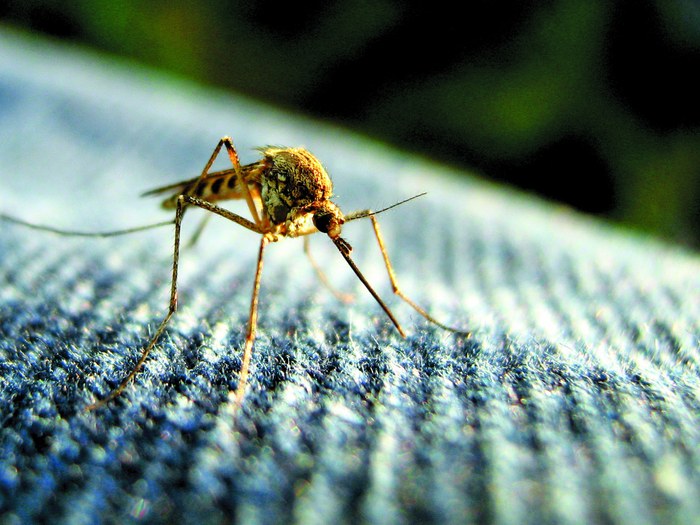
The West Coast’s winter was wet and soggy. The forecast for the spring and summer is lingering snowpack, muddy trails … and bugs. Lots of bugs! Read more…
Secret Rainier: Hidden Lake, Palisades and a Skull
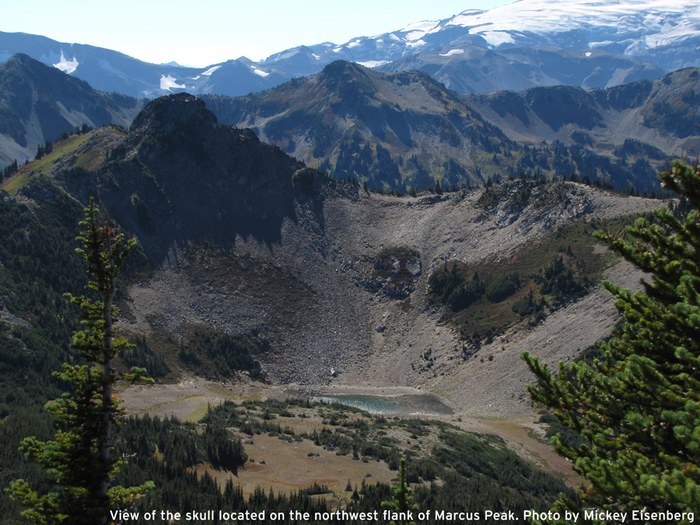
This installment of Our Secret Rainier is technically a scramble as it has a portion that is off-trail. But it is a very easy scramble and most experienced hikers would be very comfortable on this route (so long as they had good route finding skills). The route goes by a lovely hidden lake and goes to the top of the Palisades where there are great views of The Big One. Along the way, one finds the mysterious Skull of Marcus. Read more…
How To: Protect from Sun on the Snow
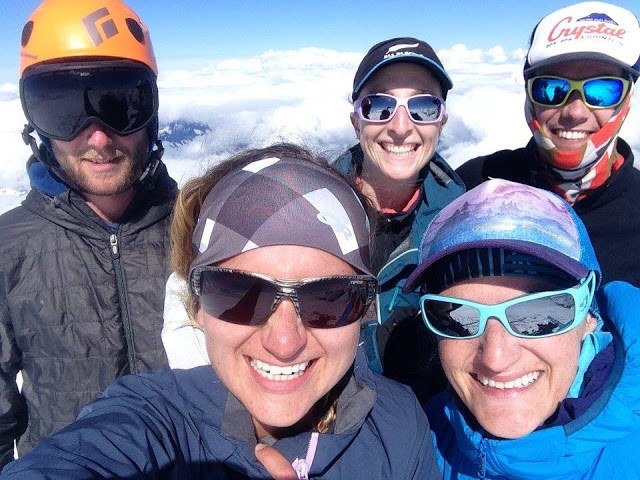
This is my friend Casey. She's a rockstar, and summitted Mt. Baker via the Squak Glacier in a single day last June. We spent 13 hours on our feet to summit and get down, with 7-8 of those hours under direct sunlight. Read more…
Don't Get Tripped Up
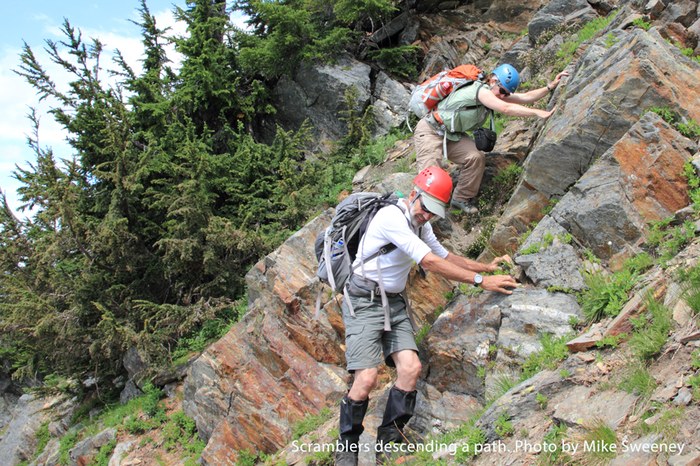
You’re done with the “hard part” of the trip. It’s all downhill now. On a trail. You’re tired. So is the rest of the team. Suddenly someone lets out a surprising loud “ouch!” He heard a pop. And now, your car seems so far away. Read more…
Secret Rainier: A Monument and Some Columns
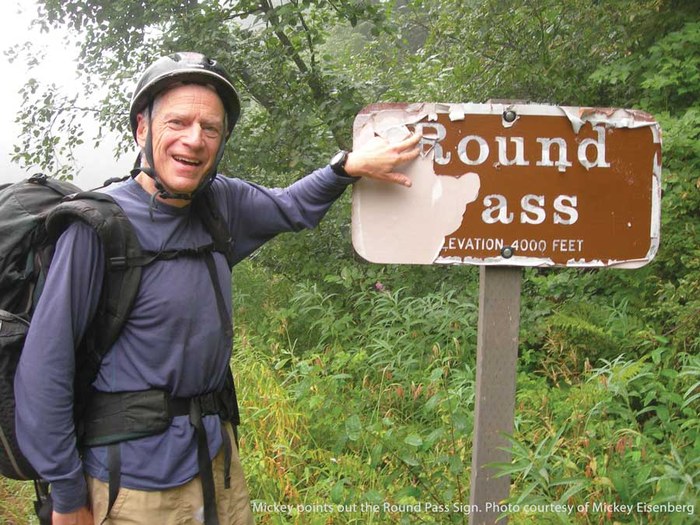
This installment of Our Secret Rainier guides you to a monument and some amazing basalt columns in the national park. With extra effort, one can continue on to two scrambles in a remote part of the park. Read more…
How To: Implement Low-Impact Recreation Skills
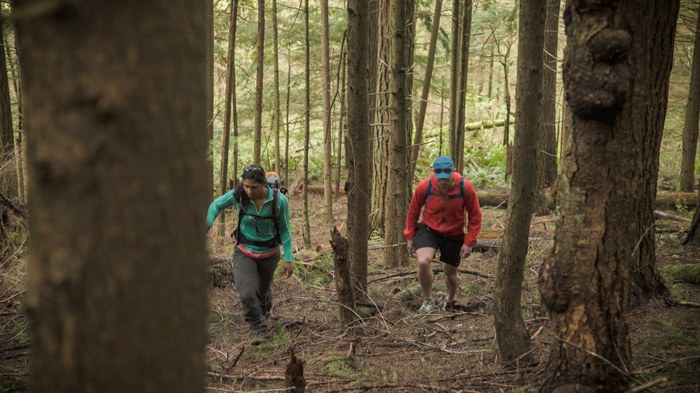
At The Mountaineers, we've believe venturing into the outdoors is an essential piece of the human experience. It's important to implement low-impact recreation skills to keep our wild places as sanctuaries for the human spirit. Read more…
How To: Reduce Your Backcountry Bathroom Use Impact

At The Mountaineers, we've believe venturing into the outdoors is an essential piece of the human experience. It's important to implement low-impact recreation skills to keep our wild places as sanctuaries for the human spirit. Read more…
How To: Reduce Your Backcountry Camping Impact
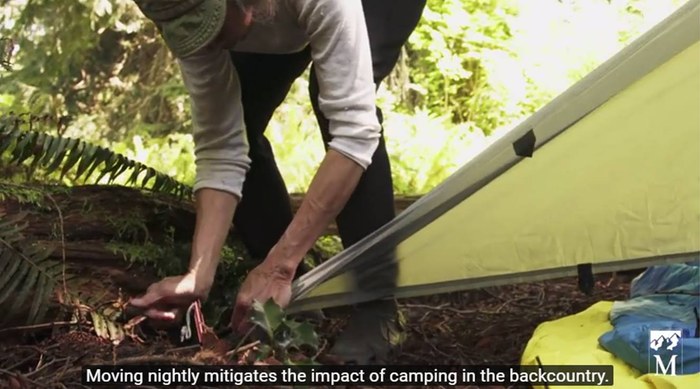
At The Mountaineers, we've believe venturing into the outdoors is an essential piece of the human experience. It's important to implement low-impact recreation skills to keep our wild places as sanctuaries for the human spirit. Read more…
How To: Navigate Loose Rock
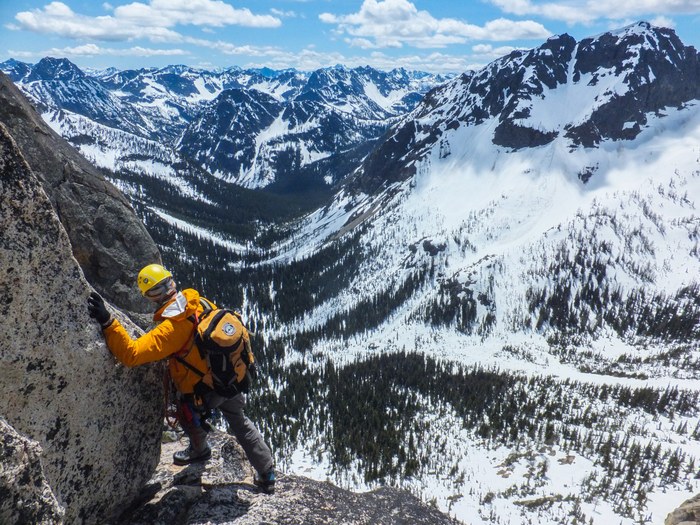
Rock fall is one of the more common causes of injuries in both climbing and scrambling. The rock in the Olympics is notorious for its poor quality, and the Cascades, although overall it is of much better quality, has its share of choss piles as well. A friend of mine used to joke about climbing in the Olympics, “if you don’t like your options for handholds, pick the rock up and move it somewhere else.” Read more…
How To: Reduce Your Backcountry Eating Impact
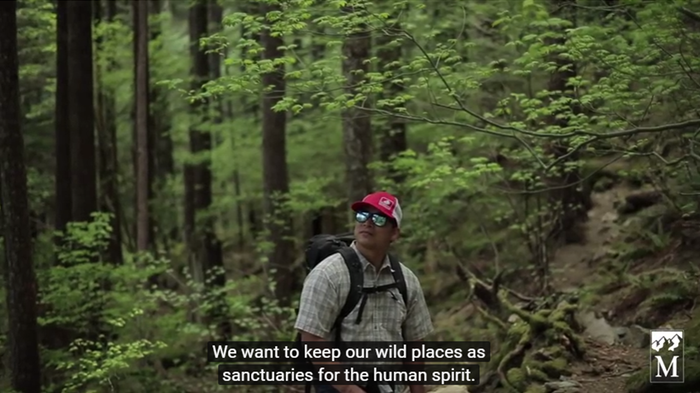
At The Mountaineers, we've believe venturing into the outdoors is an essential piece of the human experience. It's important to implement low-impact recreation skills to keep our wild places as sanctuaries for the human spirit. Read more…
How To: Reduce Your Backcountry Travel Impact
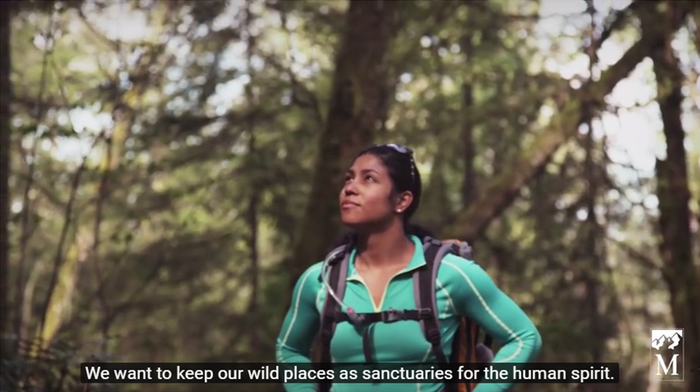
At The Mountaineers, we've believe venturing into the outdoors is an essential piece of the human experience. It's important to implement low-impact recreation skills to keep our wild places as sanctuaries for the human spirit. Read more…
How To: Avoid Hazards Caused by Snow Melt
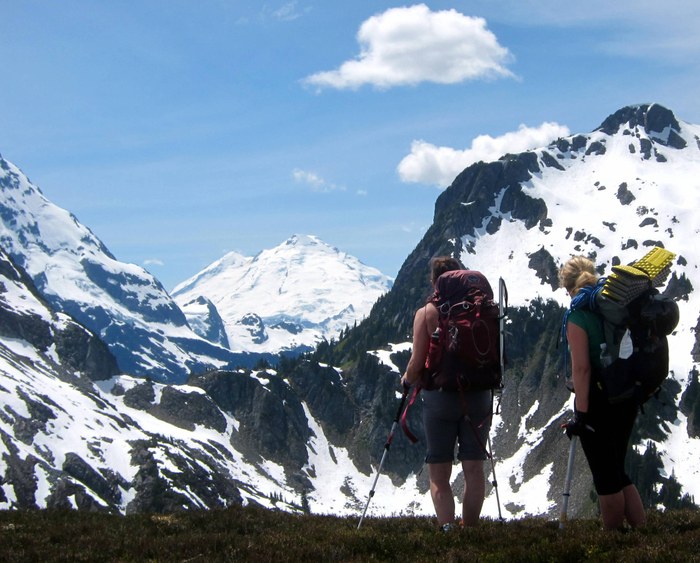
As the summer heat melts the snow in the mountains, more and more patches of exposed rock appear and can be very hazardous for multiple reasons. Read more…
After Rock Severs Finger, Scrambler Directs Her Own Care
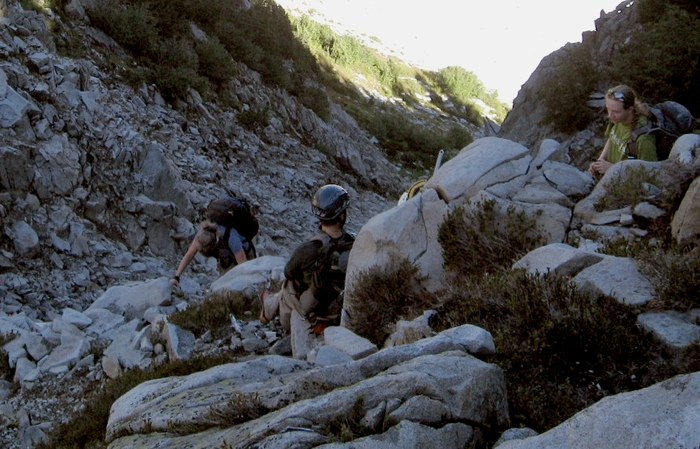
After a successful summit, while descending back into the Snow Lake Basin down a 20 degree boulder field, a scrambler knocked loose a rock. This rock was supporting several other rocks, triggering a slide above her. Other party members recall seeing somewhere between "several" and "many" "large" rocks sliding down from above where she had been. Somehow in this mayhem, one of the rocks hit the scrambler. Read more…
How To: Prevent and Treat Heat Related Illness
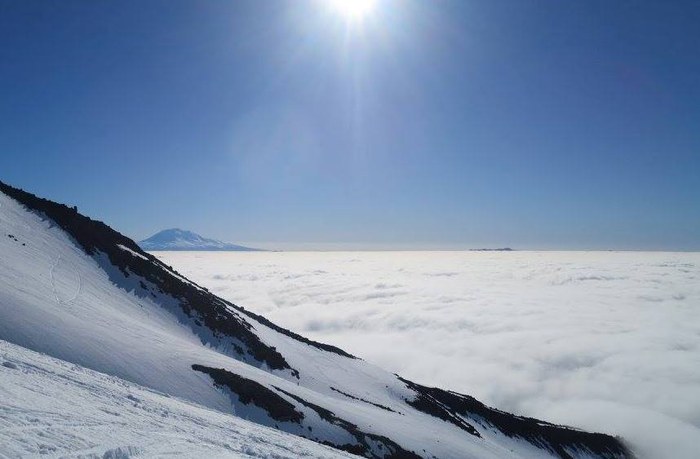
June was an interesting month in the mountains. We had “June-uary” conditions, giving us lots of new snow, rain, and wind. We also had scorchingly high temperatures with places like Leavenworth and Vantage reaching close to 100°F. As we progress through the summer, we need to be mindful of the dangers on these hot, sunny days - even if we are out on snow or a glacier. Read more…
How To: Manage the Risks of River/Creek Crossings
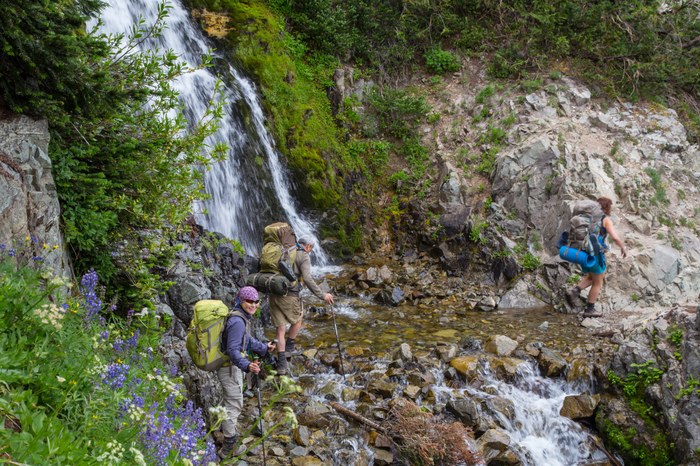
As the weather gets warmer and winter snow melts away, more of us are heading outside. And as the snow melts, it leaves us with a sometimes a challenging obstacle: water. In the Cascades, it doesn't matter if you are a hiker, scrambler, or climber, eventually you'll have to deal with a water crossing. It could be a small trickle or a rushing river. It's not a matter of if, but when, you'll encounter this obstacle.
This article was updated in May 2018.
Historical Perspective
A few years ago, a Mountaineers group was headed to climb Sahale Peak. The team was crossing a small drainage in the area between Midas and Morning Star Creek - two of the main creeks that flow out of the Quien Sabe Glacier below Sahale - when one of the climbers slipped and hit her face on the rock in the creek. This caused a small laceration, just under the right eye, and swelling around the area, as well as a headache, slight dizziness, and swelling. The trip leader decided to cancel the climb and turn around at this time. The group headed back to the cars and the injured climber was taken to the hospital for medical evaluation. Luckily, she sustained no fractures or head injury, but she did have a nasty black eye.
This incident shows how something seemingly simple, like crossing a small trickle of water, can be detrimental to the success of a trip.
Avoiding Hazards
Many different hazards are involved in water crossings: slippery, moss covered rocks, swift currents, soggy boots, and cold feet. If you do fall in, you have soaked clothing and gear, the risk of hypothermia, potential projectiles in the water like logs and boulders, and much more.
Here are some tips to reduce your chances of ending up soaked and needing to cancel the rest of your trip:
- Never try to cross a major stream if you are alone. It only takes 2" of water to drown. The climber in the incident above could have easily been knocked unconscious, and if there was no one to help her up, it could have been a different outcome.
- Quickly search both upstream and downstream for a way to cross without having to ford the water. Look for downed logs, closely spaced stones and boulders, or narrow points in the waterway. Be sure to keep in mind the ability and experience levels of everyone in your group.
If you find possible logs or stepping stones, consider:
- Will it hold you? If you are considering a log, is it strong enough to hold your weight as you cross, or is it rotten and will break once you are half-way out? Is it wide enough to get good foot placements? Are there branches sticking up in your way? If you are considering stones, are they sturdy and solid, or are they going to shift under your weight and dump you in the water?
- What is the surface like? Does that log have rough, textured bark that will give you good traction, or is the bark peeled away showing damp, slick hardwood? If you are unsure of the footing, but the log seems strong enough, one alternative is to butt-scooch along the log. Are those stepping stones covered in slick moss, or do they have good texture?
- Be particularly cautious of log jams. They might seem like a solid option, but the logs can easily shift and throw you off balance and into the water. Now you are in even bigger danger of getting caught underwater by one of the logs.
Regardless of how you have to cross - whether it be logs, stepping stones, or just fording the water - take a minute to look downstream of your crossing point and examine the hazards you could encounter if you fall in. Is there a large waterfall you could get swept over? Maybe a downed tree or log jam that you could get caught in or some large boulders you could hit. If anything like this poses a danger, re-evaluate your crossing point.
Picking the best spot
If your only option is to ford the water, follow these steps:
- Look for the shallowest, slowest running section. This is usually also a wider section of the waterway.
- Assess the water's speed by tossing in sticks, leaves, or grass into the water. If there is debris actively floating down the water (evidence of flooding) or the sound of tumbling rocks can be heard underwater (evidence of fast-moving water), the crossing should be abandoned.
- Keep in mind the the physical stature of other people in your group. Two feet of water could be less than knee-deep if you are 6'6" tall. But it could be mid-thigh deep for someone under 5' tall, and that makes it much more challenging.
- Look at the bank on the other side. Avoid steep banks as this not only indicates a challenge exiting the water, but that steepness could continue dramatically down and create a deep hole with fast-moving water.
- If possible, plan to cross early in the morning. Many of the waterways in the Cascades are directly fed by snow-melt. After a cool night, there won't be as much melting and the water level will be lower. On the flipside, after a long, hot summer day (or even a warm spring rain) there will have been a lot of melting and all that water will be rushing through the streams at a higher overall level that afternoon, making them both deeper and faster flowing.
Staying Dry & Avoiding Injuries
Once you've chosen your place to ford the water, follow these tips to stay dry and avoid injuries:
- If you have sandals with an ankle strap (like Chacos or Tevas) change into those. Avoid flip-flops as the loose heels can get caught in the current and make you lose your balance.
- If you don't have alternate footwear, at least take your socks off and put your bare feet back in your boots. That way, you can put your dry socks back on after crossing and they can start to absorb some of that water in your boots.
- Do not cross in just your bare feet. Unknown hazards in the water, like sharp sticks, rocks, possibly even fishhooks, could injure you. Your bare feet are a poor substitute for the traction provided by the soles of your boots.
- Take off extra layers and pack them in the most water-proof thing you have. I always carry one or two extra heavy-duty trashbags in my pack. Take that warm puffy off and wrap it up the best you can. You'll want it once you get to the other side! Roll up your pant-legs, or ditch your pants altogether.
- Undo your waist-belt and sternum straps on your backpack and loosen your shoulder straps. If you do fall in, this will allow you to easily get your pack off.
Crossing Methods
- If you are crossing the water one at a time, use your trekking poles, ice axe, or downed tree limbs for stabilization.
- Cautiously enter the water and face upstream. If you only have one pole or limb to help you, hold it with both hands in front of you (upstream) to form a tripod with it and your legs. Lean on the pole as third leg as you shuffle-step across, keeping two points of contact at all times. If you have two poles or limbs, you can use the one in your leading hand to probe along the way and feel for submerged obstacles or hidden holes.
- Another method is to cross as a group using the "mutual support method." There are two options for this - in the first option, everyone should face upstream and hold on to the shoulders or backpack of the person in front of them (front person can have a pole or limb). As a group, shuffle step across the water, using each other for support and stability.
- Another option is for everyone to face the opposite bank and move together as a unit. In this method, keep the waist-belt of your backpack buckled. Insert your arms between your neighbors' back and their pack, and grab their waist-belt on the opposite hip. In both scenarios, the most upstream person should be strong, then the second person should be the strongest and/or most experienced. The person on the other end should also be strong, and then all other members sandwiched in the middle. End people can also have poles for extra stability. Don't break formation until everyone is out of the water.
Regardless of which method you use, don't fight the current or try to go straight across the water. Instead, with each step move diagonally downstream as you make your way across.
If you do fall in, try to stand back up as quick as possible before your backpack gets too waterlogged. If you are swept downstream, get out of your pack but try to keep hold of it and use it for flotation. Try to position yourself face up with your feet downstream of you. Only try to stand up once you can touch the bottom in shallow water. Editor's Note: Be aware of the dangers of foot entrapment anytime you stand up in moving water.
Once you've made it across, wring out your damp clothes and use a pack towel to dry off as much as you can. If available, switch into dry clothes. Put on an extra insulating layer to help keep in what little body heat you have. Pop a quick bite of food in your mouth and start hiking to generate some more warmth.
Take every water crossing seriously. Always ask yourself, "Do we need to cross? Where do we cross? How do we cross?" Even with all of these tips, be sure to keep in mind that if there is any doubt, not crossing at all is the best option.
How to: Reduce a Dislocated Shoulder
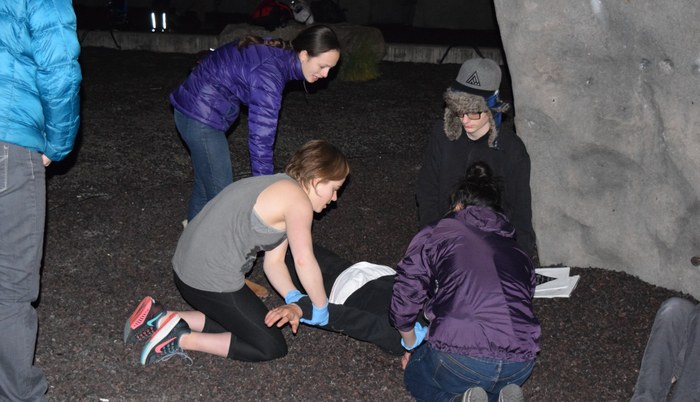
As I skimmed through the latest Annual Safety Report looking for ideas for this month's article, I noticed The Mountaineers had 5 instances of dislocated shoulders in 2014. This got me thinking about all of my friends who have had shoulder dislocations while out in the backcountry. Read more…
Online Wilderness Navigation Course open for registration

The Mountaineers is now accepting students for its first online course: Wilderness Navigation. The course, offered in partnership by the Seattle and Foothills branches, is part of a pilot project to discover how the organization can serve students who prefer online learning or for those who don't live close to where an in-person workshop is offered. Read more…